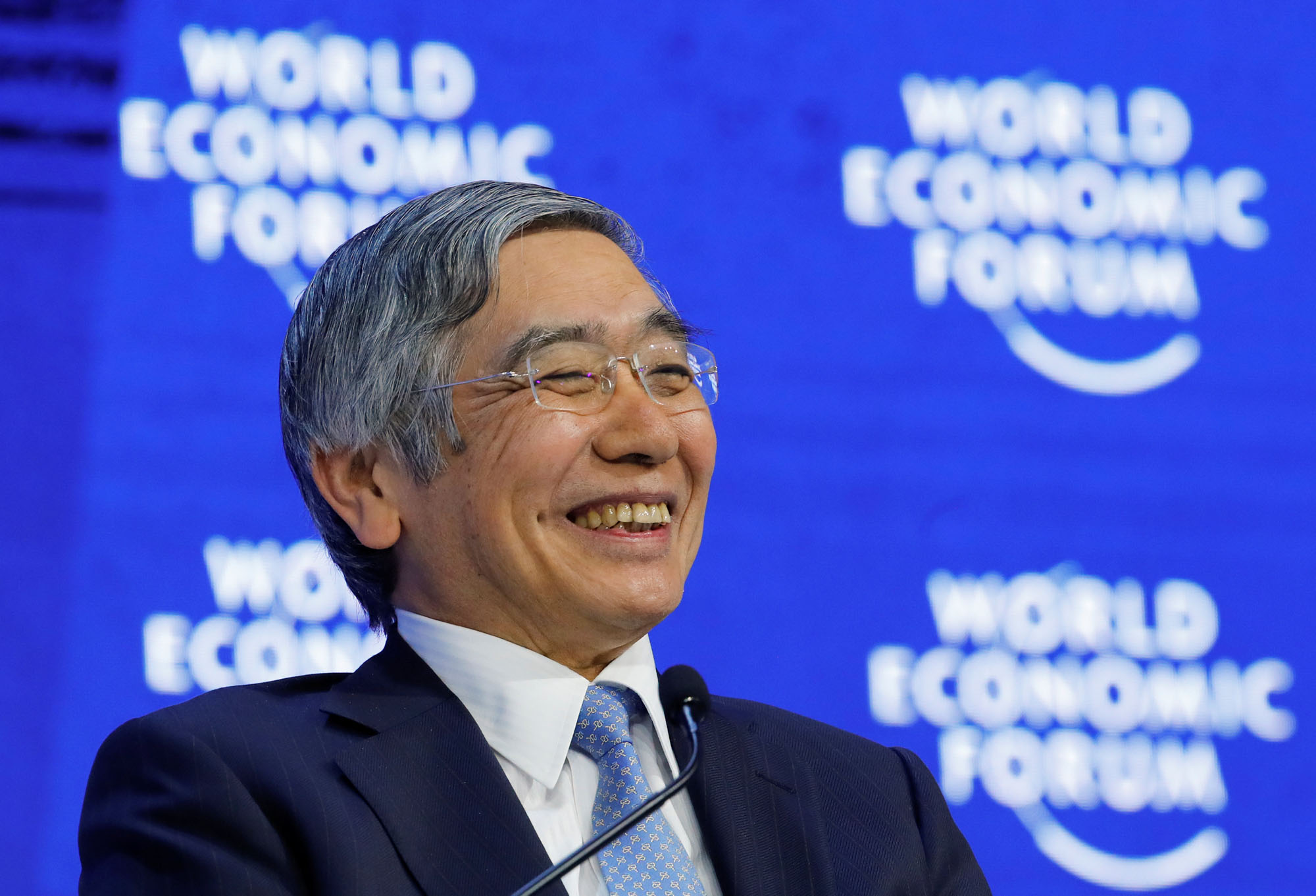The re-election of Prime Minister Shinzo Abe in October was welcomed warmly by stock market investors. The reappointment of Bank of Japan Gov. Haruhiko Kuroda to another five-year term starting this April would also be viewed as a reassuring sign of policy continuity.
The Japanese tradition of naming economic expansions after Shinto deities dates back to the 1950s. A fitting name for the current period of growth, already the second longest since the war, might be the "Amaterasu boom," a reference to the sun goddess who emerged from a long period of seclusion in a cave to bathe the land in growth-inducing light and warmth.
That is how the Japanese economy is starting to look. The long, gloomy years of deflationary stagnation, sometimes known as the lost decades, appear to be ending. The turnaround started with Abe's election as prime minister at the tail-end of 2012 and his appointment of Kuroda as governor of the BOJ in April 2013.



















With your current subscription plan you can comment on stories. However, before writing your first comment, please create a display name in the Profile section of your subscriber account page.